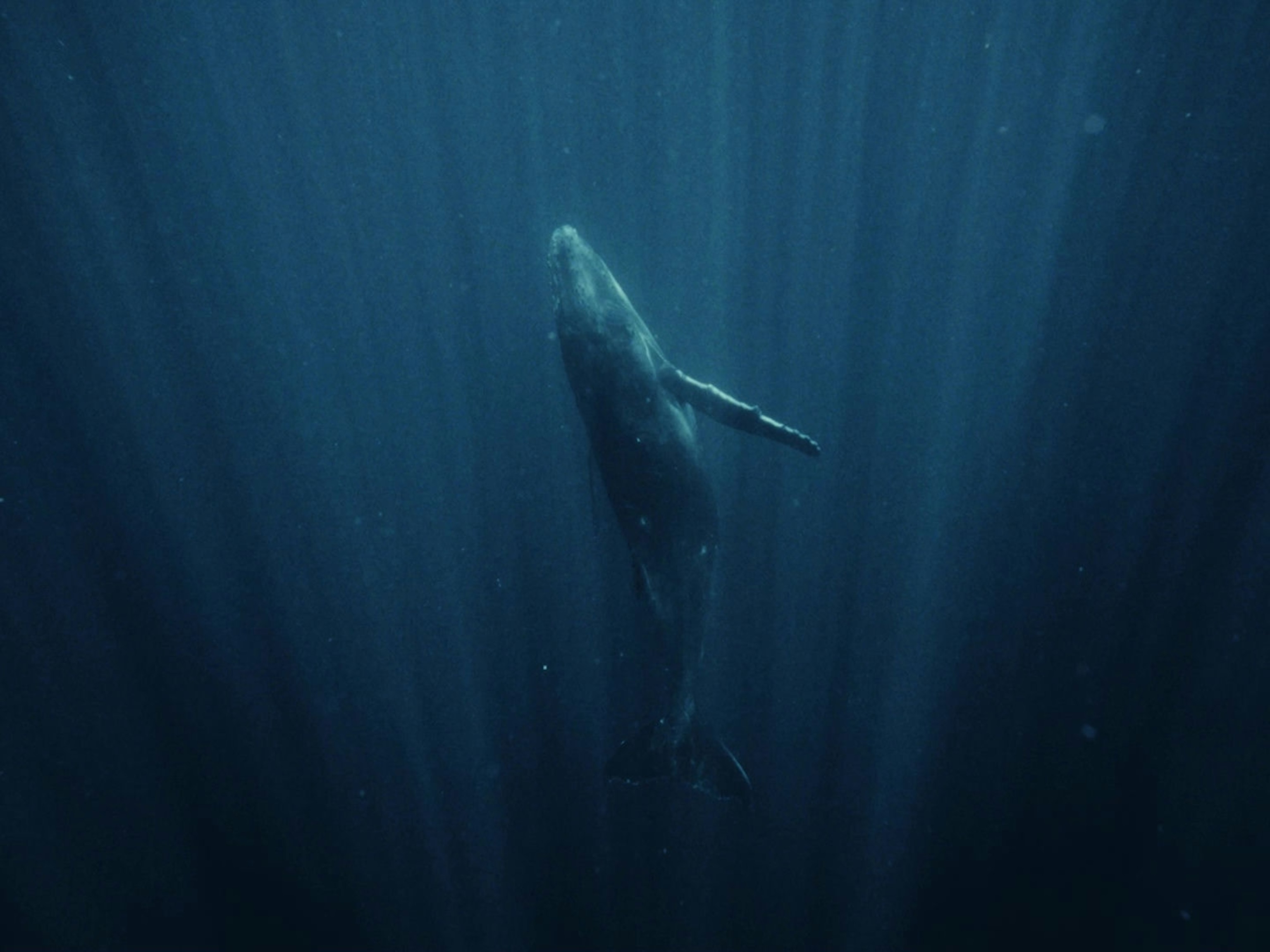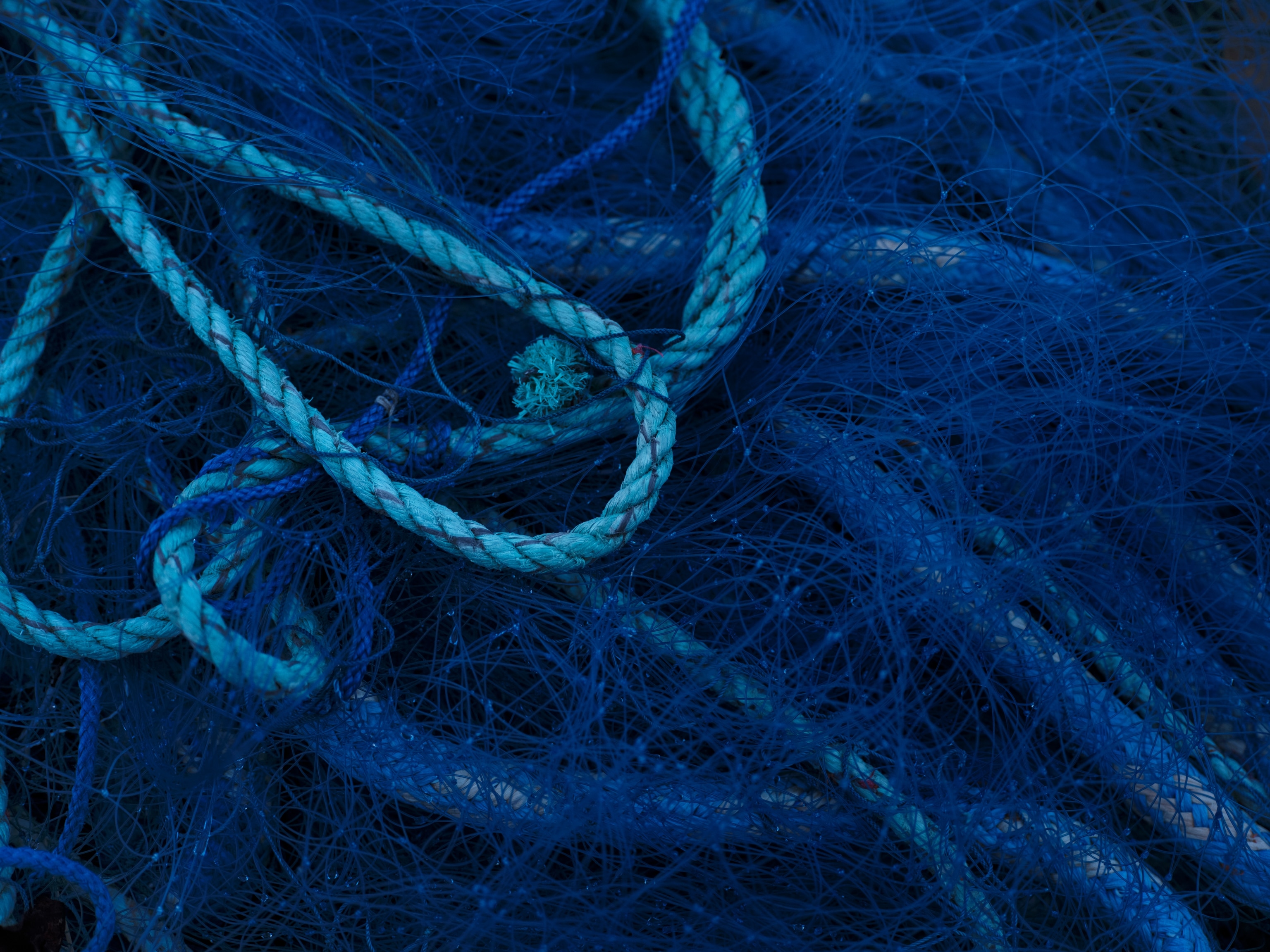Circular currents: Stemming the plastic tide in the Arctic
Once considered remote and pristine, the Arctic is now succumbing to a tide of plastic. In Norway, a monumental effort is underway to curb its spread.
It’s early November on Flakstad Beach and 25 miles an hour winds are whipping plumes of spindrift off enormous Arctic waves. Powerful gusts carry flurries of hail that sting like bullets and the sky is the color of shifting shades of steel. It’s an elemental spectacle that is quite normal here in Norway’s remote Lofoten Islands, given their location inside the Arctic Circle. Nature at its wildest. But look more closely at the wide sweep of sand hemmed by soaring granite cliffs, and among the clumps of kelp you start to notice other things. There’s a dented bottle weathered by the waves; a tangle of fishing nets; and chunks of polystyrene. It’s all marine litter—and almost all of it made of plastic.
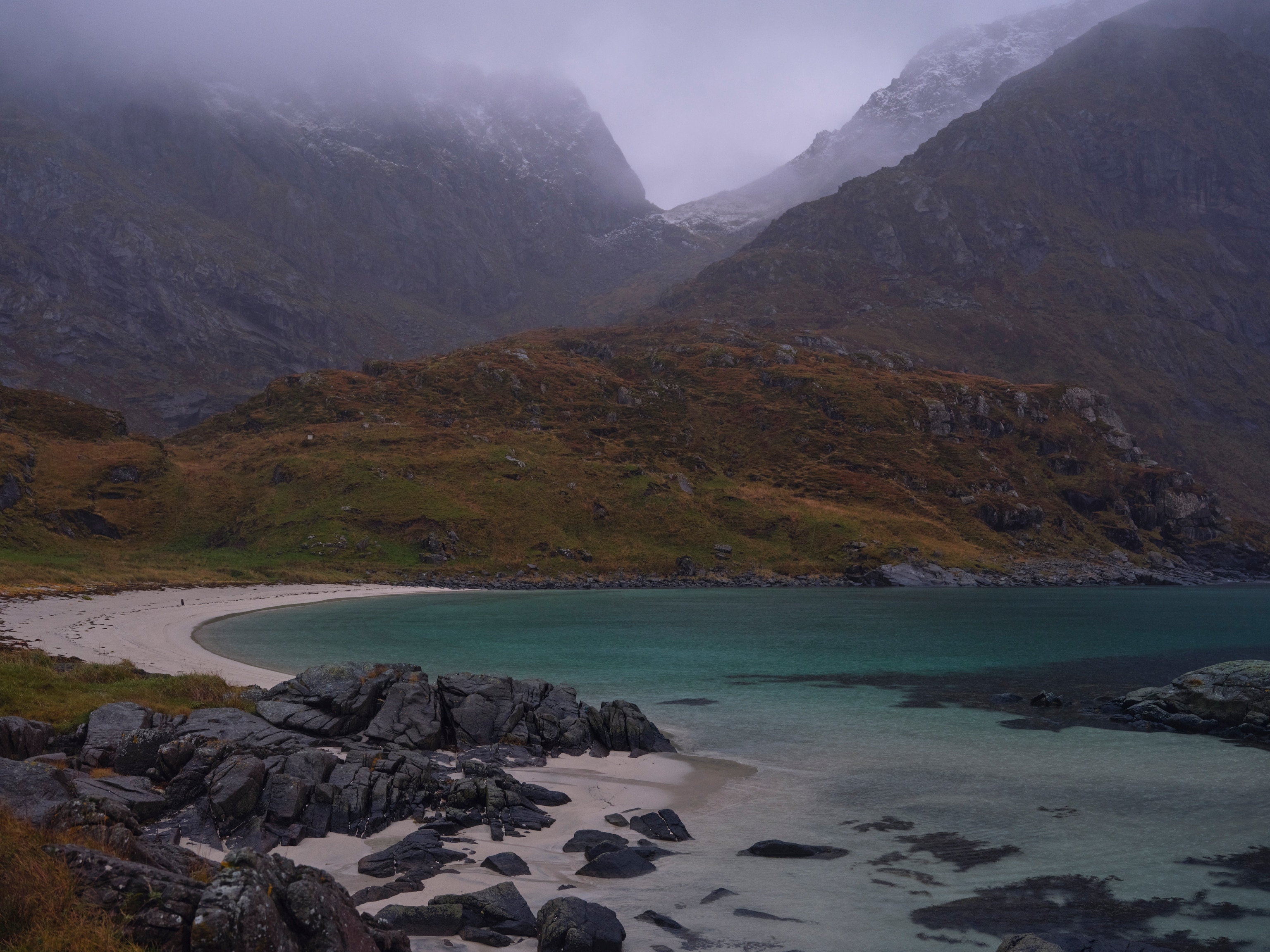
We tend to think of the Arctic as remote and untouched. Only around four million people live up here and the bioregion is one of the least explored on our planet. Despite this, the Arctic is fast becoming yet another repository for the discarded and forgotten detritus of global consumer culture.
Carl Höjman is used to encountering marine plastics, both as a cold-water surfer and in his capacity as a project manager for SALT, an independent Norwegian research and advisory company specializing in marine pollution, management, and coastal development.
“You would think that this place being so remote, so far from major cities and major populations would be clean. But it's not. We find thousands of pounds [of marine litter] per mile here,” he says.
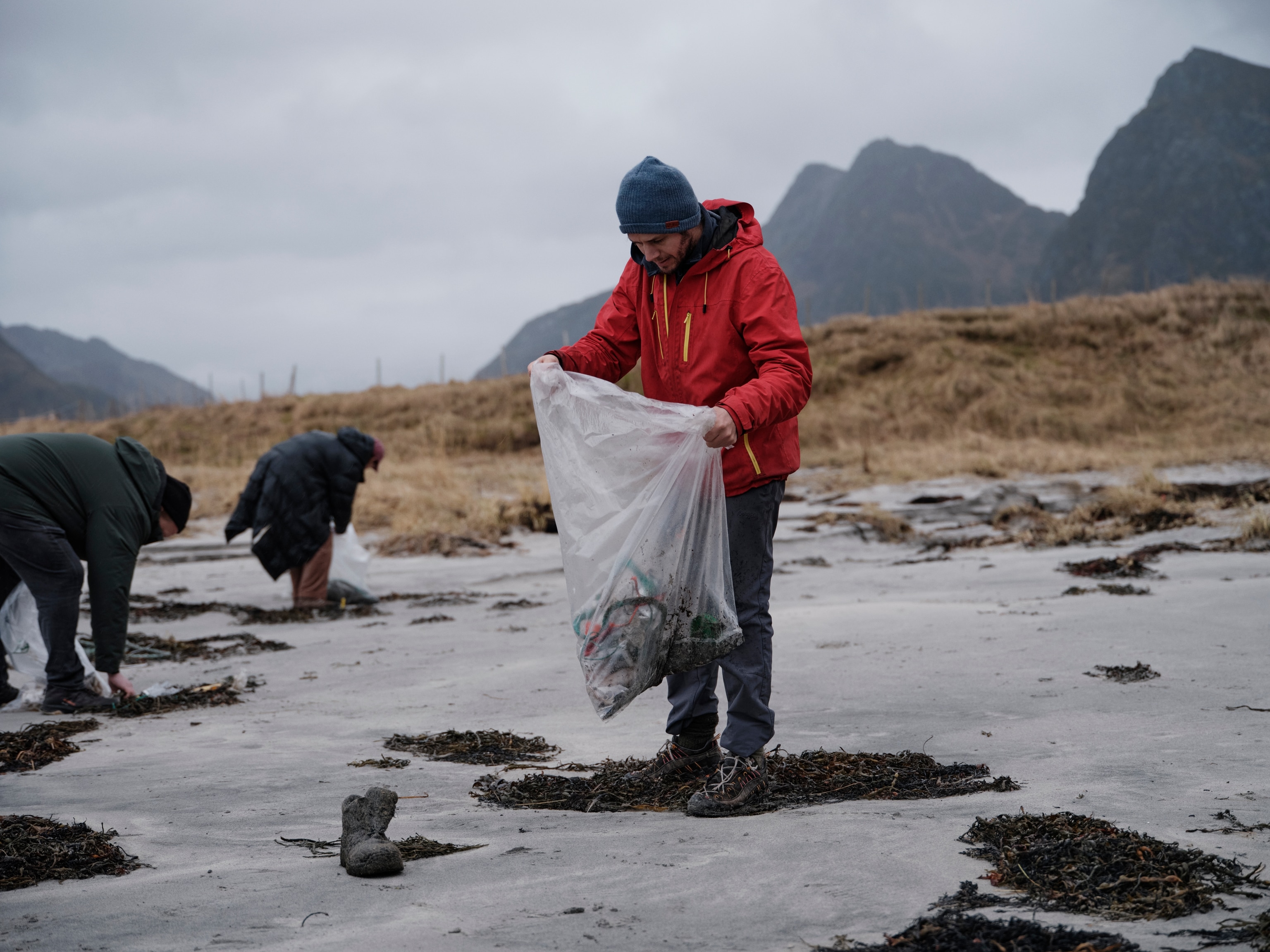
Norway has the second longest coastline in the world after Canada. The litter that enters its fjords and washes up on its beaches comes from many different sources, according to Höjman. “It's clear to us that litter can travel from far away, but it can also come from local communities… or maritime activities such as fisheries.”
When it comes to marine litter, single-use plastics like bottles, bags and straws tend to get a lot of attention. But the Worldwide Fund for Nature estimates that 10% of ocean plastic is actually lost or abandoned fishing gear, and that between 500,000 to 1 million tons of this “ghost gear” enters the oceans every single year.
A December 2024 study in the Marine Pollution Bulletin looked at accumulation patterns in the European Arctic and found that Finnmark, Norway’s northernmost and least populated region, exhibited the highest pollution levels, with an average of 27 discarded items per foot of beach. Researchers found a clear link between local fisheries’ activities and the density of marine litter up here.
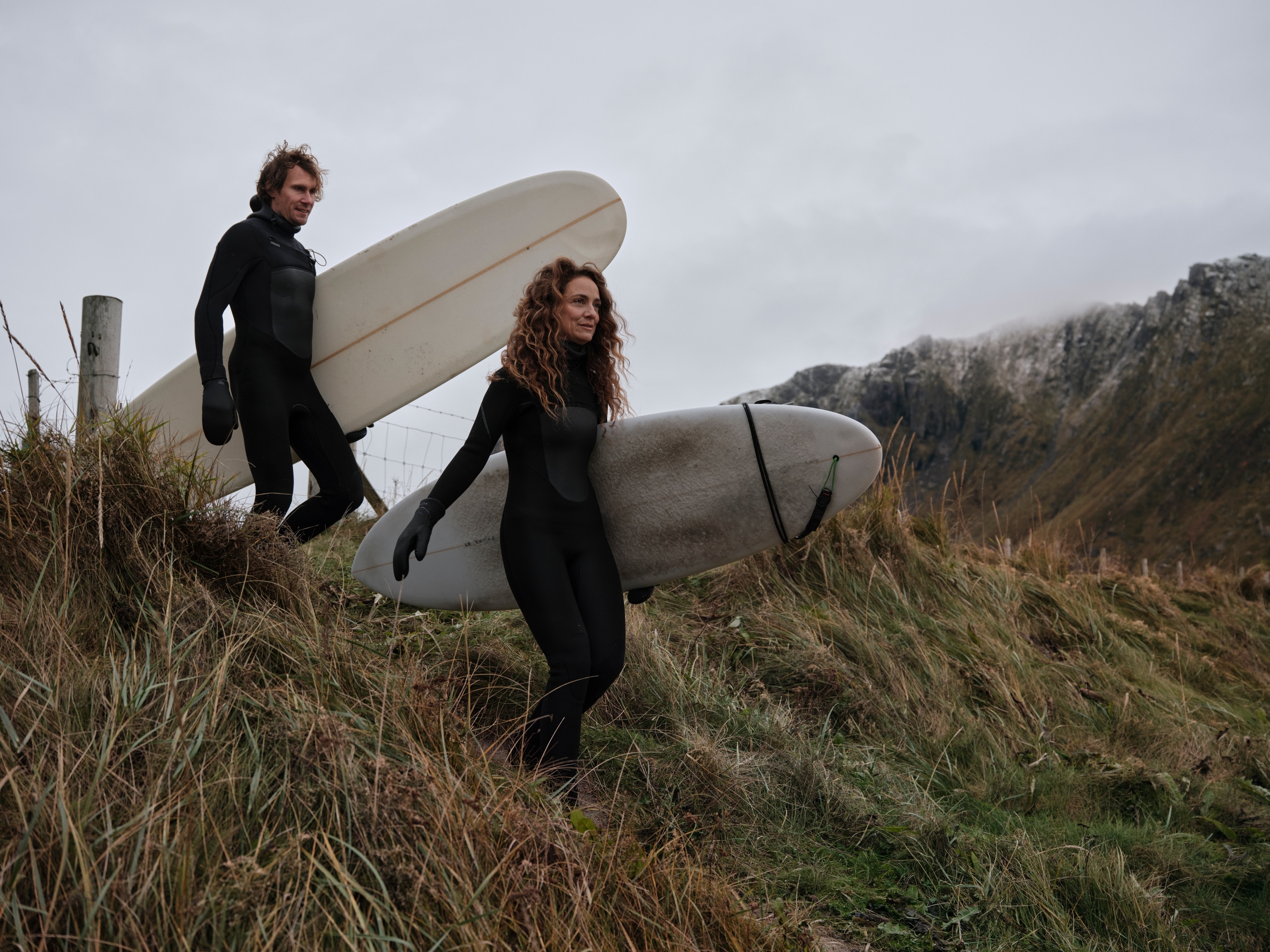
Mapping and quantifying marine litter are essential parts of the effort to reduce the amount of plastic entering Arctic waters. But in Norway, research like this is being backed up by real world action on an impressive scale.
“In the last four years, a professional cleanup program was started by the Norwegian Retailers’ Environmental Fund,” Höjman explains. “So, every time you buy a plastic bag in the grocery store, the fund distributes three krone to the cause of preventing litter, creating circular value streams and cleaning up our coastlines.”
Established in 2020, the program employs full-time coastal cleaners who have cleared millions of pounds of marine litter from almost 13,500 miles of coastline. While such cleanups cannot stem the flow of plastic into our ocean, there is evidence that they do reduce the amount of harmful microplastics entering marine ecosystems—and, by association, the food chain. A recent study by Norwegian research foundation, Norce, found that when plastics were removed, the prevalence of microplastics in the water and on shore fell by as much as 99.5 percent. The authors believe this is because UV light and the warmer temperatures found in shallow waters cause plastic to disintegrate more quickly.
“Being a beach cleaner is probably an awakening for many people because when you're out there and you touch it, you feel it, you see it, it becomes obvious to you that the plastic you use comes back to you,” says Höjman. “It comes back to the places you love the most.”
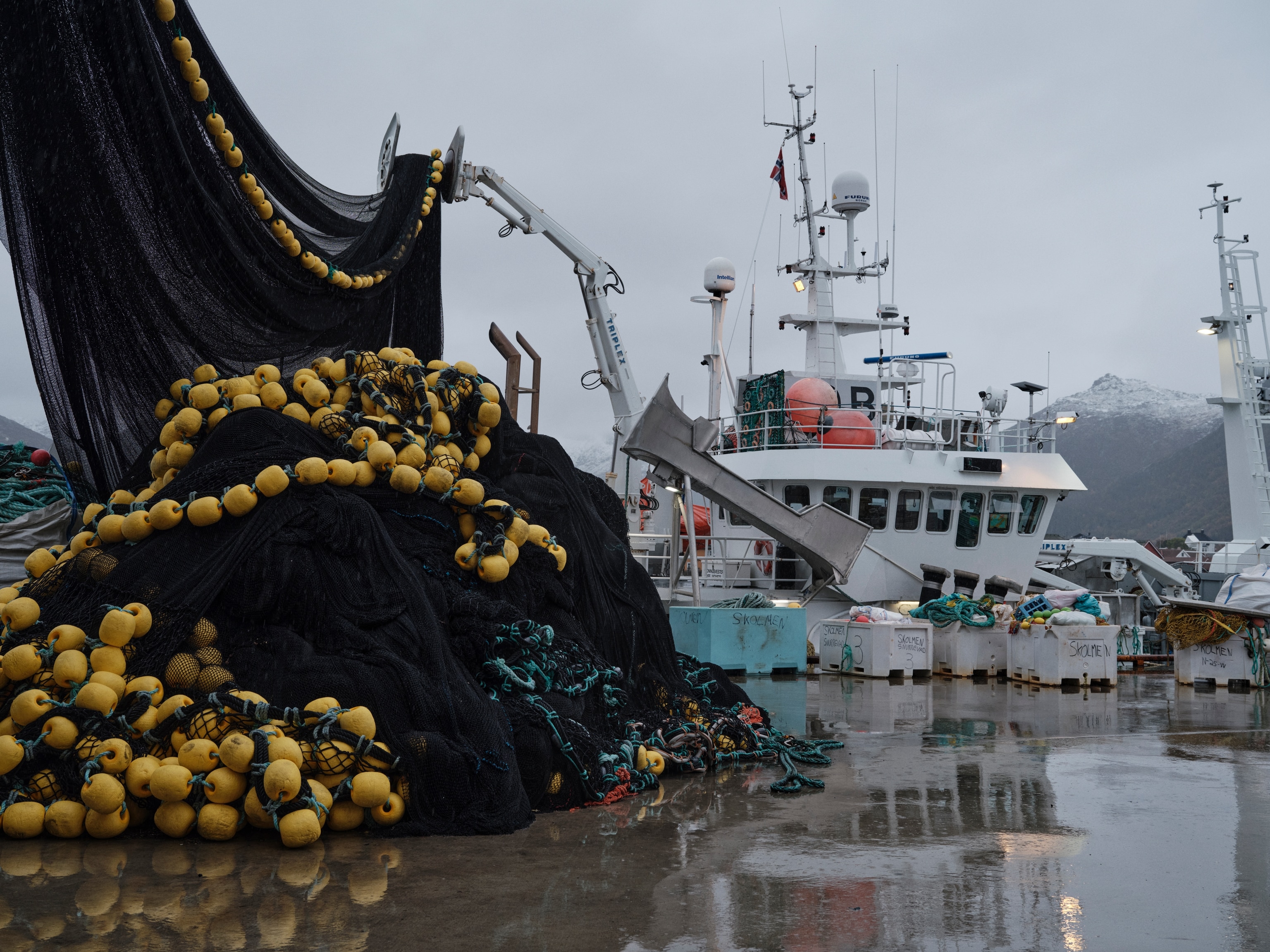
Beach cleanups are, of course, just a part of the picture. Circular production and supply chains hold out the possibility of a “cradle to cradle” approach, where virgin plastics sourced from the oil industry are replaced by recycled materials.
Some companies are going a step further and using regenerated plastics in their products. For example, Prada created its Re-Nylon Collection using regenerated nylon obtained by recycling and purifying plastic collected from the ocean - like fishing nets - and from landfills, as well as textile fiber waste.
What’s more, 1% of proceeds from the Prada Re-Nylon for SEA BEYOND Collection benefits SEA BEYOND, the educational program by Prada Group conducted in partnership with the Intergovernmental Oceanographic Commission of UNESCO (UNESCO-IOC), which contributes to ocean education globally through a series of training initiatives geared towards young people, providing them with the tools and knowledge they need to understand the ocean and to help protect it.
Solving the ocean plastic crisis will require action from all stakeholders—consumers, companies, and governments working together to reduce our consumption, scale circular economies and establish meaningful policies at an international scale. The choice is an increasingly stark one, with incredible ecosystems like the Arctic at stake: planet? Or plastic?
Additional footage of beach cleanups in video courtesy of Norwegian Retailers Environment Fund.
Find out more about how understanding our ocean can be the very thing to help save it; and more about Prada Group’s work with UNESCO-IOC here.
